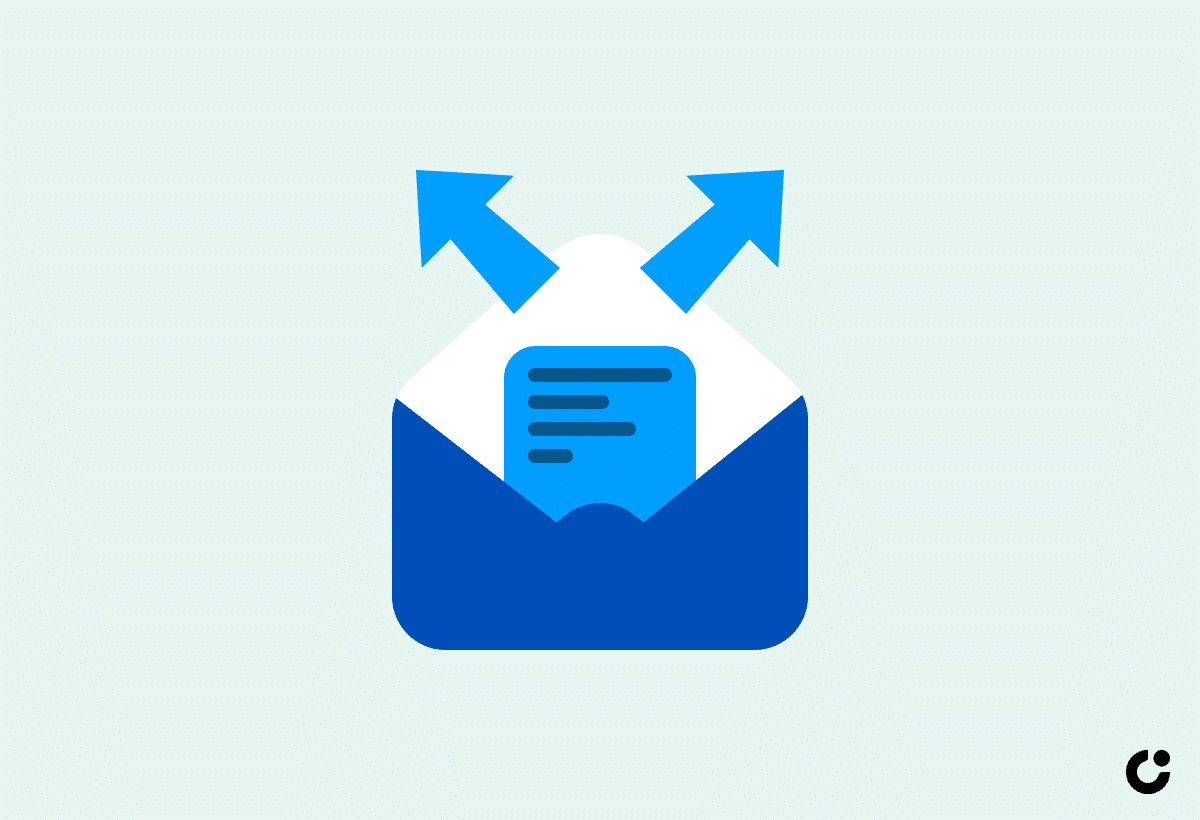Sales emails continue to hold a powerful position in the world of digital communication, leading many to ask, “do sales emails work?” But their success isn’t guaranteed; it takes a strategic approach to craft a sales email that truly resonates with your audience. In this blog post, you’ll learn how to maximize the effectiveness of sales emails by focusing on personalization, timing, and structure. You’ll also discover the importance of A/B testing and how real-world examples of successful sales emails can provide valuable insights for your own campaigns, further answering the question, do sales emails work?
Key Takeaways
- Sales emails remain a powerful tool in the digital age, requiring personalization, structure and metrics for optimization.
- Compare response rates across channels to optimize sales emails and achieve higher engagement.
- Utilize strategies such as market segmentation & personalization to create successful campaigns based on insights from top sales professionals.
The Power of Sales Emails in the Digital Age
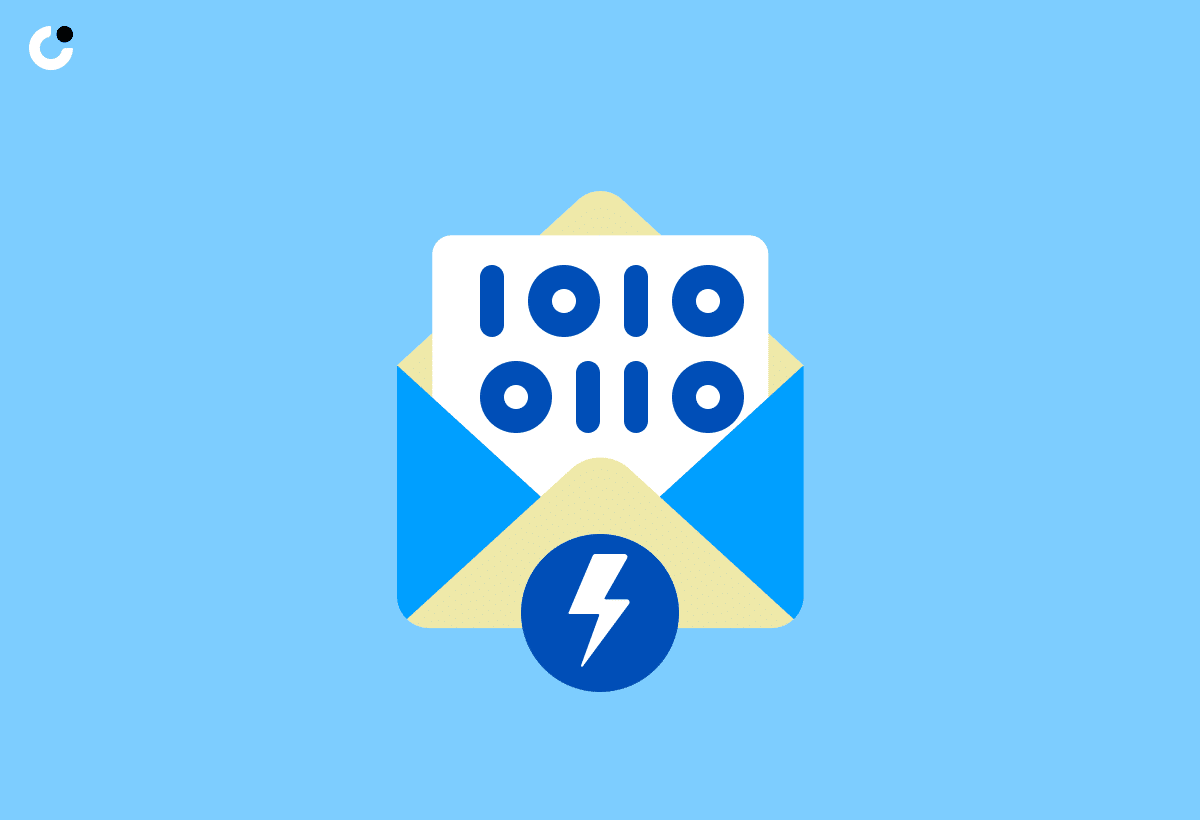
In the modern era, sales emails continue to be a powerful tool for salespeople. However, their efficacy is contingent on numerous aspects, such as personalization, timing, and structure. Crafting an effective initial sales email requires careful attention to these elements, as well as tracking key metrics such as open and click-through rates, reply and conversion rates, and objection and positive reply rates.
Overcoming common obstacles associated with cold emailing, like avoiding the spam folder and targeting the appropriate contact, are also crucial for a successful cold email campaign and sales email campaign.
The Evolution of Sales Emails
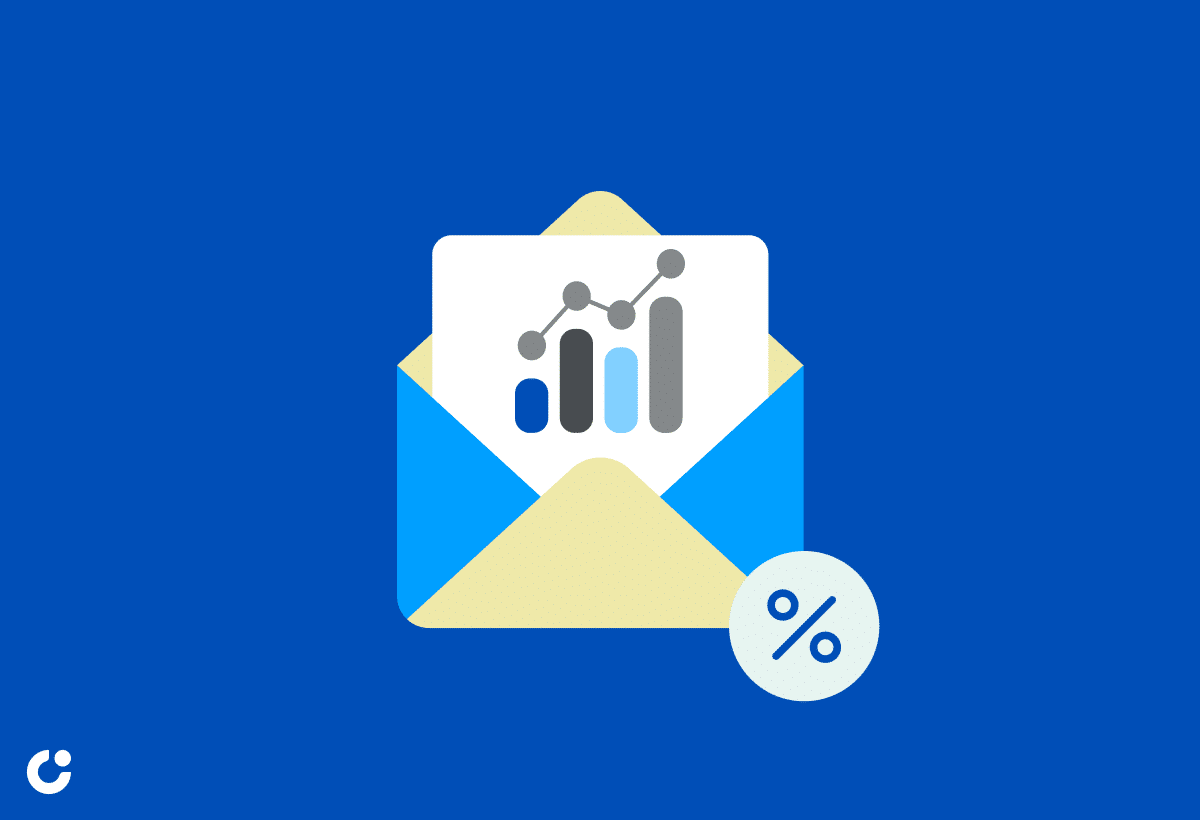
The landscape of sales emails has come a long way since businesses started utilizing them in 1978. As technology progressed, sales professionals were able to incorporate various elements into their emails, including:
- Graphics
- Video
- Dynamic content
- Interactivity
These advancements have made sales emails more compelling and effective. In recent years, AI and machine learning have had a profound impact on cold email campaigns. These technologies enable businesses to automate and customize email campaigns, resulting in more precise and effective communication with prospects and customers.
The current state of sales emails has been shaped by various factors, including:
- Increased engagement with prospects during the sales process
- Prioritizing existing customers over new ones
- Building trust with prospects and customers
- Interactive emails
- Advanced personalization
- A focus on privacy and data security
These factors have played a significant role in the evolution of sales emails. As the digital environment continues to change, businesses need to adapt and stay competitive in their email marketing strategies.
Comparing Response Rates Across Channels
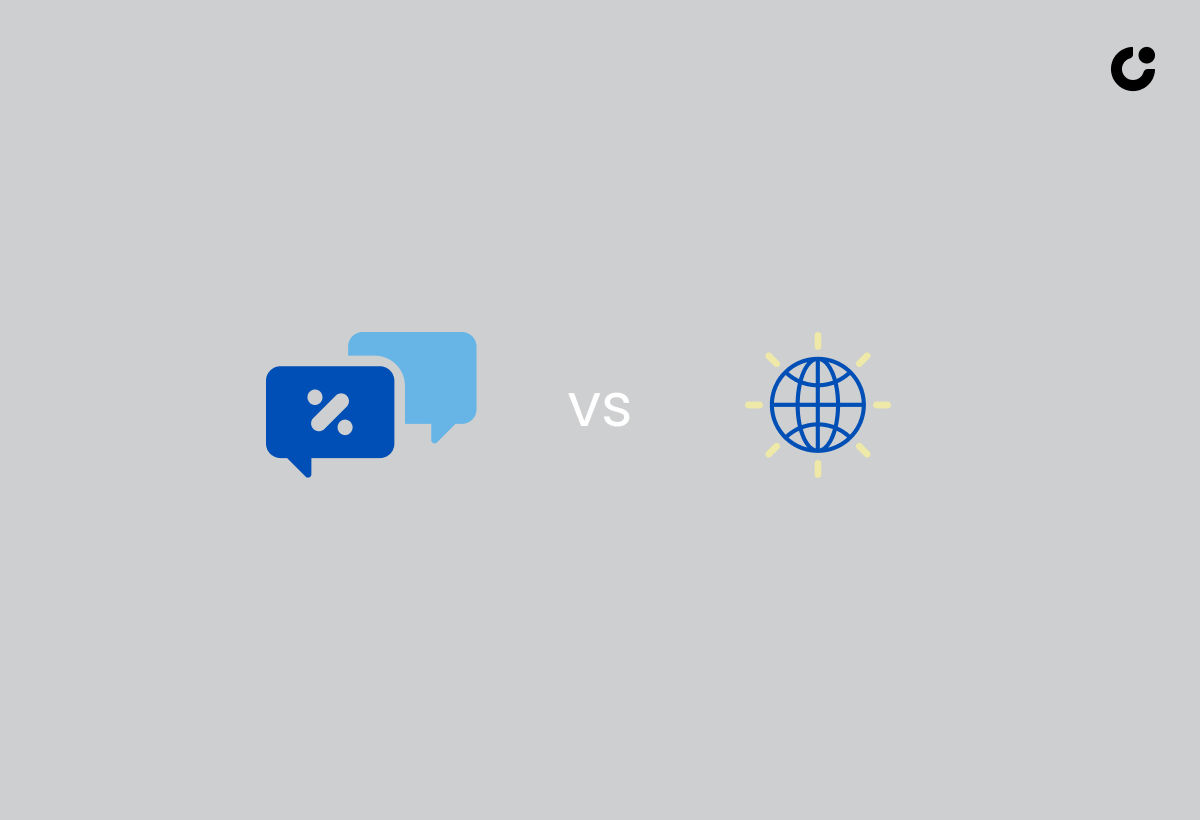
Businesses can glean useful information for their sales strategy by comparing response rates across various channels. For instance, the typical cold email response rate is generally 1% to 5%. Experiments conducted by Shane Snow and Jon Youshaei revealed that the “Quick Question” subject line had a twofold response rate compared to other subject lines they tested. Some businesses may experience response rates of up to 25%, while others may see even lower rates of less than 1%. This highlights the importance of understanding the nuances of different channels and tailoring your approach to maximize response rates.
Taking the time to analyze and compare response rates across various channels allows businesses to fine-tune their sales emails and determine the most effective approach. By understanding how different channels perform, sales professionals can optimize their cold email campaigns and ensure their messages reach the right prospects, ultimately leading to higher response rates and more successful sales efforts.
Crafting a Sales Email That Converts
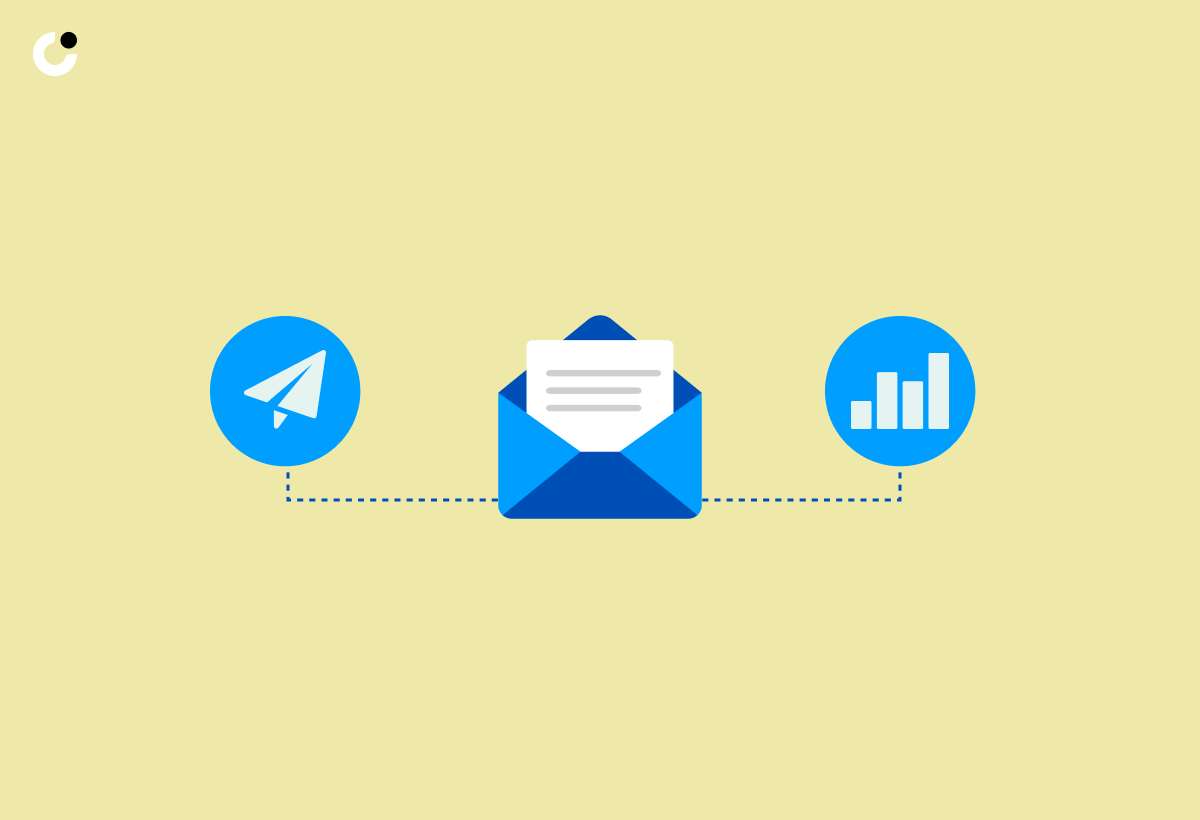
Creating a sales email that converts requires meticulous attention to detail. This includes:
- A strong subject line to capture the recipient’s attention
- Personalization to create a connection with the prospect
- A clear structure to convey your message effectively
Next, we’ll examine these components in depth and provide suggestions for crafting a high-performing sales email.
The Art of the Subject Line

The subject line, as the first thing your recipient sees, has a significant role in capturing their attention and encouraging them to open the email. Research suggests that subject lines should be approximately 41 characters or seven words in length. An example of an effective subject line could be, “Any questions?”. Concise subject lines are not only easier to read at a glance but also less likely to be truncated when viewed on mobile devices.
When crafting subject lines, it’s important to strike a balance between being informative and intriguing. Avoid using generic or overly sales-y language, as this can turn off potential customers. Instead, focus on creating a subject line that piques the reader’s interest and encourages them to learn more about your product or service.
Creating Connection with Personalized Emails

Personalized emails help create a connection with recipients, increasing the likelihood of a positive response. To personalize your sales emails, take the time to research your prospect’s background by examining their LinkedIn profile or company website. Include references to their company, such as noting recent funding or commenting on related articles.
A personalized introduction has been shown to significantly increase the response rate of a sales email. To make your opening line stand out, avoid using the generic “Hi, my name is…” introduction. Instead, focus on creating a connection with the reader by addressing their needs or interests. By tailoring your email to the recipient, you’ll be more likely to capture their attention and ultimately, increase the likelihood of a positive response.
Structuring Your Sales Email for Engagement
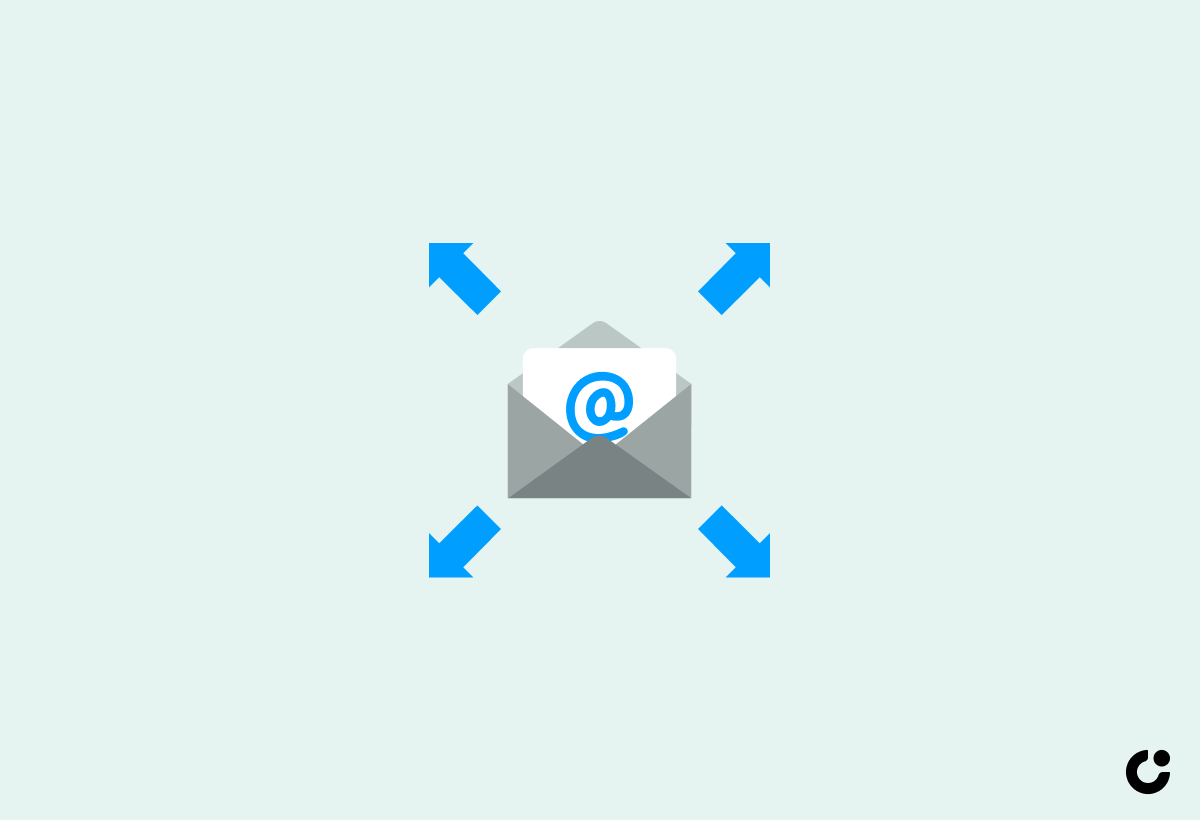
Structuring a sales email for engagement means making it easy to read, providing valuable content, and including a clear call to action. A well-organized sales email allows recipients to quickly access key information even if they don’t have the time to read the entire message. The “QVC Formula” is a three-step process that involves posing a question, presenting a value proposition, and incorporating a clear call to action.
When crafting your sales email, keep the body concise and easily understandable. Avoid using inappropriately formal or overly creative language, as this can make your email appear stiff and uncomfortable. Instead, focus on clearly conveying your message and demonstrating the value your product or service can bring to the recipient. With the right structure and content, your sales email will be more likely to resonate with your target audience and drive engagement.
Timing and Frequency: When to Hit Send
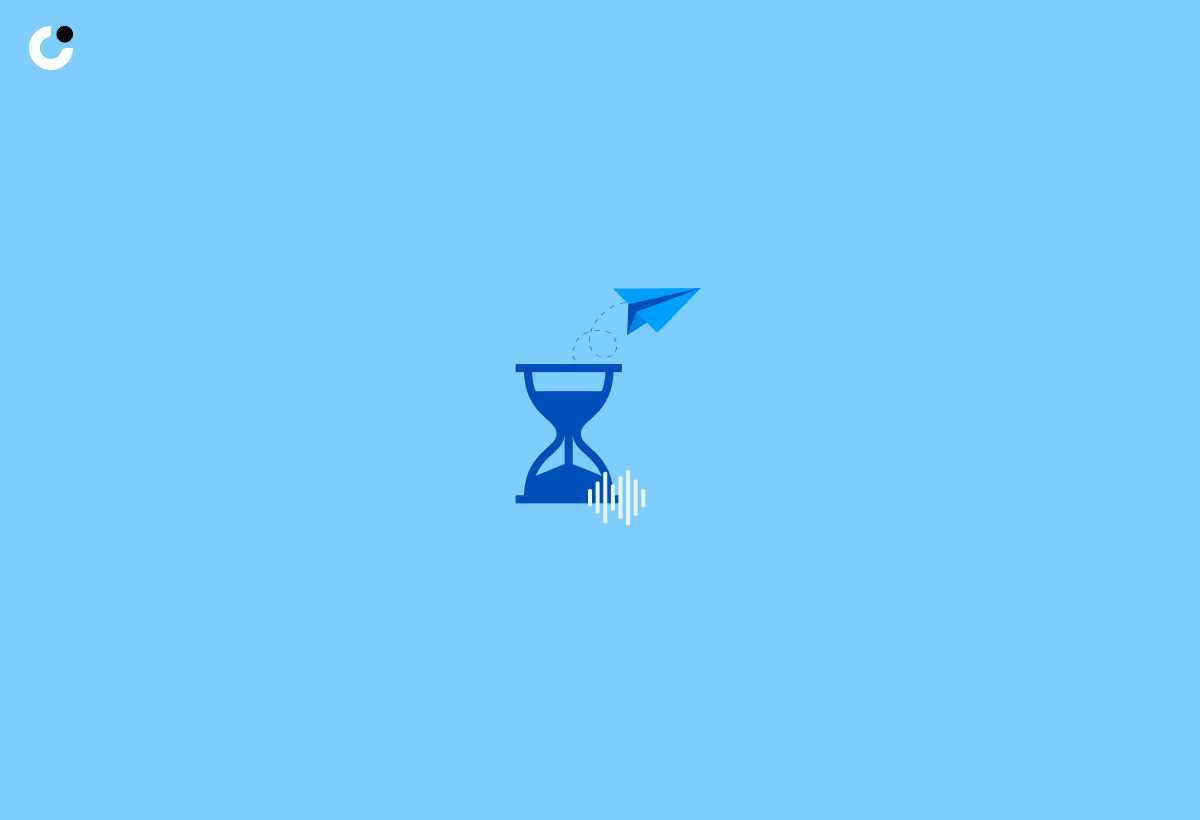
Timing and frequency are critical factors in the success of sales emails. Research indicates that 80% of sales require a minimum of four follow-ups. To maximize the effectiveness of your sales emails, it’s important to determine the ideal time to reach your prospects and the appropriate follow-up cadence.
Next, we will examine these factors and offer suggestions on how to optimize the timing and frequency of your sales emails.
The Ideal Time to Reach Your Prospects

The ideal time to send sales emails varies depending on factors such as industry, target audience, and time zone. Generally, professionals tend to check their emails during morning hours, particularly between 9 a.m. and 11 a.m., with another peak time around 3:30 p.m.. Research indicates that Tuesdays, Wednesdays, and Thursdays tend to generate higher open and reply rates, with Wednesday having the highest reply rate.
To ensure maximum effectiveness, sales professionals should take into account their prospect’s lifestyle, potential time zone differences, and peak email checking times. By sending sales emails at the right time, you’re more likely to reach your audience when they’re receptive and engaged, ultimately increasing the likelihood of a positive response.
Determining the Right Follow-Up Cadence
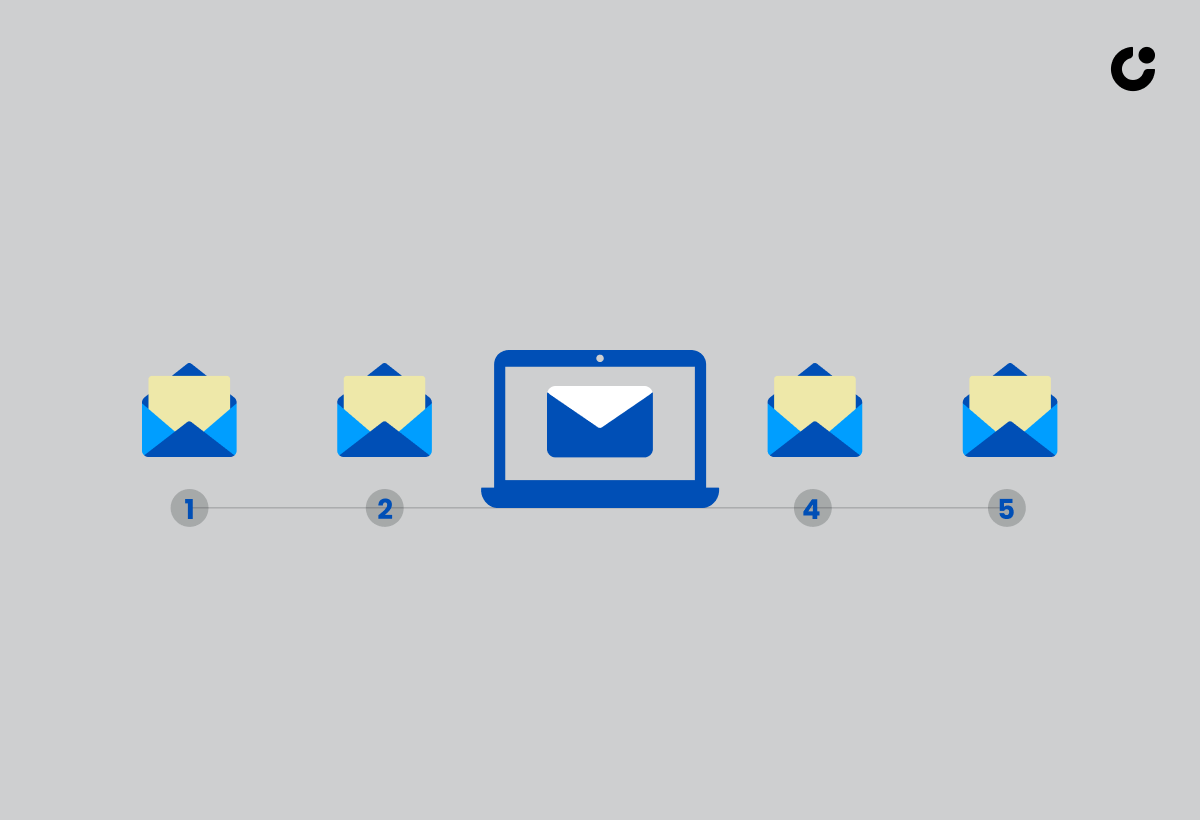
Determining the right follow-up cadence involves finding a balance between persistence and respecting the recipient’s time and inbox. A popular approach is to initiate contact with a phone call, followed by a follow up email as the second touch. Subsequent phone calls and follow up emails may be employed based on the prospect’s reaction and involvement. It’s generally advised to send 1-2 follow up emails per week to maintain regular communication without becoming overly intrusive.
By carefully considering the timing and frequency of your sales emails, you can strike the right balance between being persistent and respectful. This approach not only increases the chances of a positive response but also helps build trust and credibility with your prospects, ultimately leading to more successful sales efforts.
Measuring Success: Key Metrics for Sales Emails
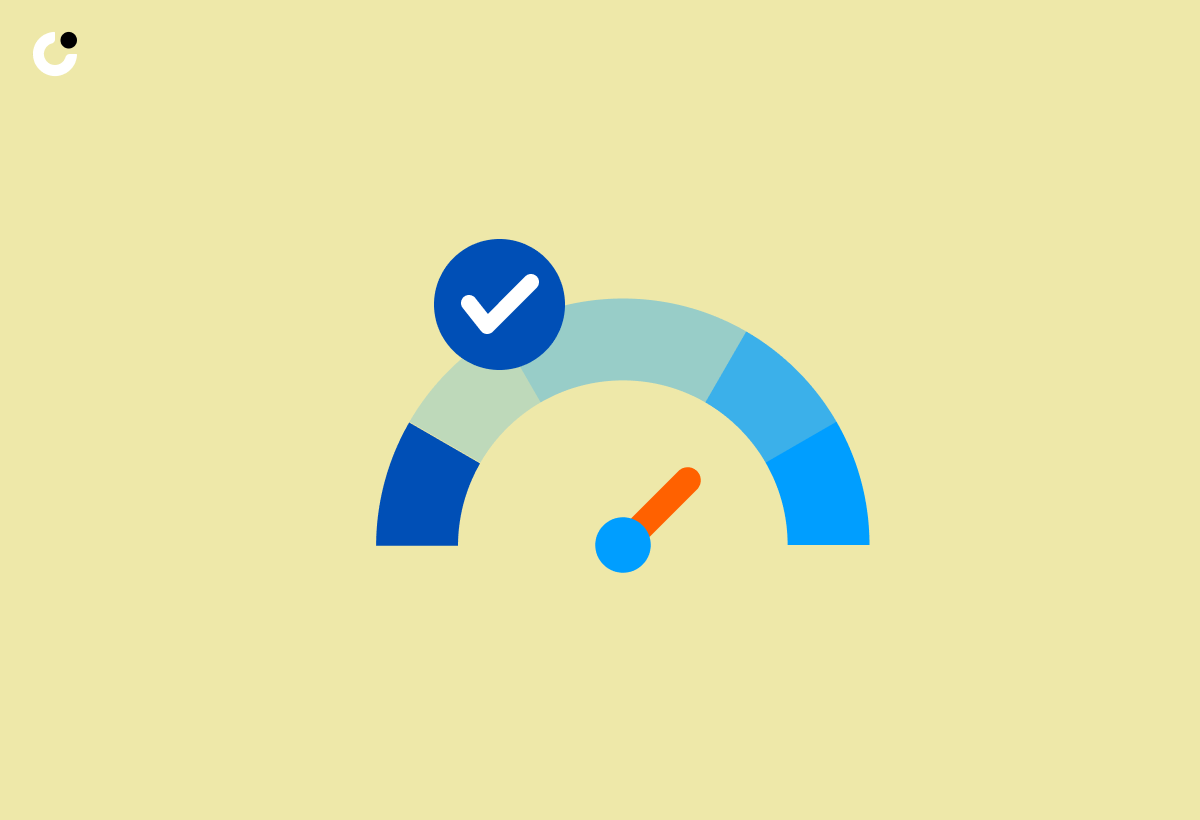
Measuring the success of your sales emails involves tracking key metrics, such as:
- Open rates
- Click-through rates
- Reply rates
- Conversion rates
By monitoring these metrics, you can evaluate the efficacy of your sales emails and identify areas that require improvement.
Next, we’ll examine these metrics in more detail and provide insights on how they can be used to optimize your sales email campaigns.
Tracking Open and Click-Through Rates

Open and click-through rates provide insight into the effectiveness of your subject lines and email content. The open rate is the proportion of recipients who opened the email, while the click-through rate is the proportion of recipients who clicked on a link in the email. To track these rates, you can calculate the click rate by dividing the number of recipients who clicked on a link in the email by the total number of recipients. Alternatively, you can leverage email marketing software or platforms that offer analytics and tracking features to monitor the click-through rates of your sales emails.
By tracking open and click-through rates, you can:
- Identify which subject lines and content resonate with your audience
- Make necessary adjustments to improve your sales email campaigns
- Continually refine your messaging
- Ultimately, achieve better results in your sales efforts.
Analyzing Reply and Conversion Rates

Reply and conversion rates help businesses understand how well their sales emails resonate with recipients and lead to desired outcomes. The reply rate is the percentage of emails that are responded to, while the conversion rate is the percentage of emails that lead to a desired action. By tracking these metrics, businesses can evaluate the effectiveness of their sales emails and identify areas for improvement.
Various tools are available to track and analyze reply and conversion rates in sales emails, such as:
- Email tracking solutions
- Instantly.ai
- Hubspot
- MailTrack.ai
- Streak
By leveraging these tools and monitoring reply and conversion rates, you can gain valuable insights into the performance of your sales emails and optimize your campaigns for better results.
Overcoming Common Obstacles in Cold Emailing
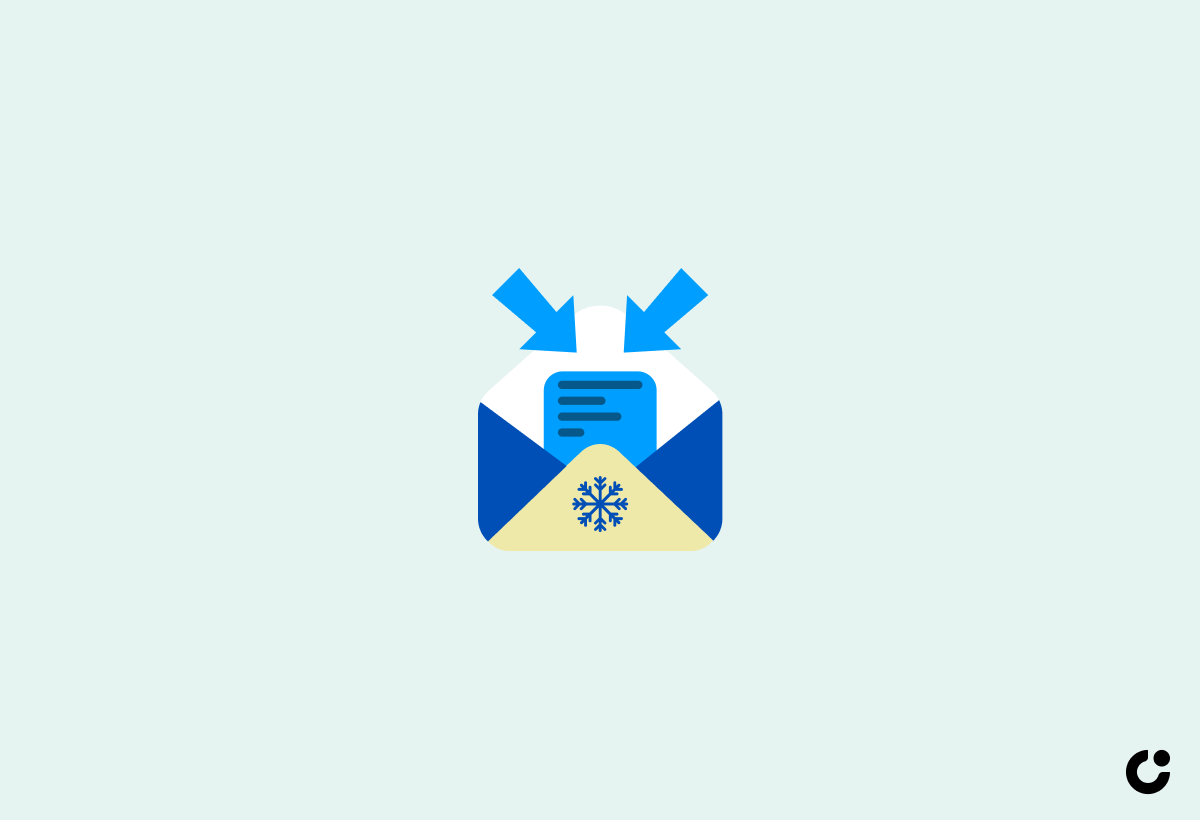
Overcoming common obstacles in cold emailing is essential for improving the success of your sales emails. Two of the main challenges associated with cold emailing include avoiding the spam folder and engaging the right person.
Next, we’ll discuss strategies to overcome these challenges and improve the effectiveness of your cold email campaigns.
Avoiding the Spam Folder Trap

Ensuring your sales emails don’t end up in the spam folder requires following best practices, such as using verified contact information and avoiding spam triggers. Utilizing verified contact information aids in circumventing the spam folder as it bolsters the sender’s credibility and legitimacy. Spam filters commonly block emails originating from invalid or unverified addresses, so employing verified contact information increases the likelihood of your email reaching the recipient’s inbox.
In addition to using verified contact information, it’s important to avoid spam triggers in your sales emails. This includes:
- Using all caps or excessive punctuation
- Using a consistent sender name and email address
- Avoiding words and phrases that are commonly associated with spam
By following these best practices, you can significantly reduce the chances of your sales emails being marked as spam and increase the likelihood of them reaching your target audience.
Engaging the Right Person
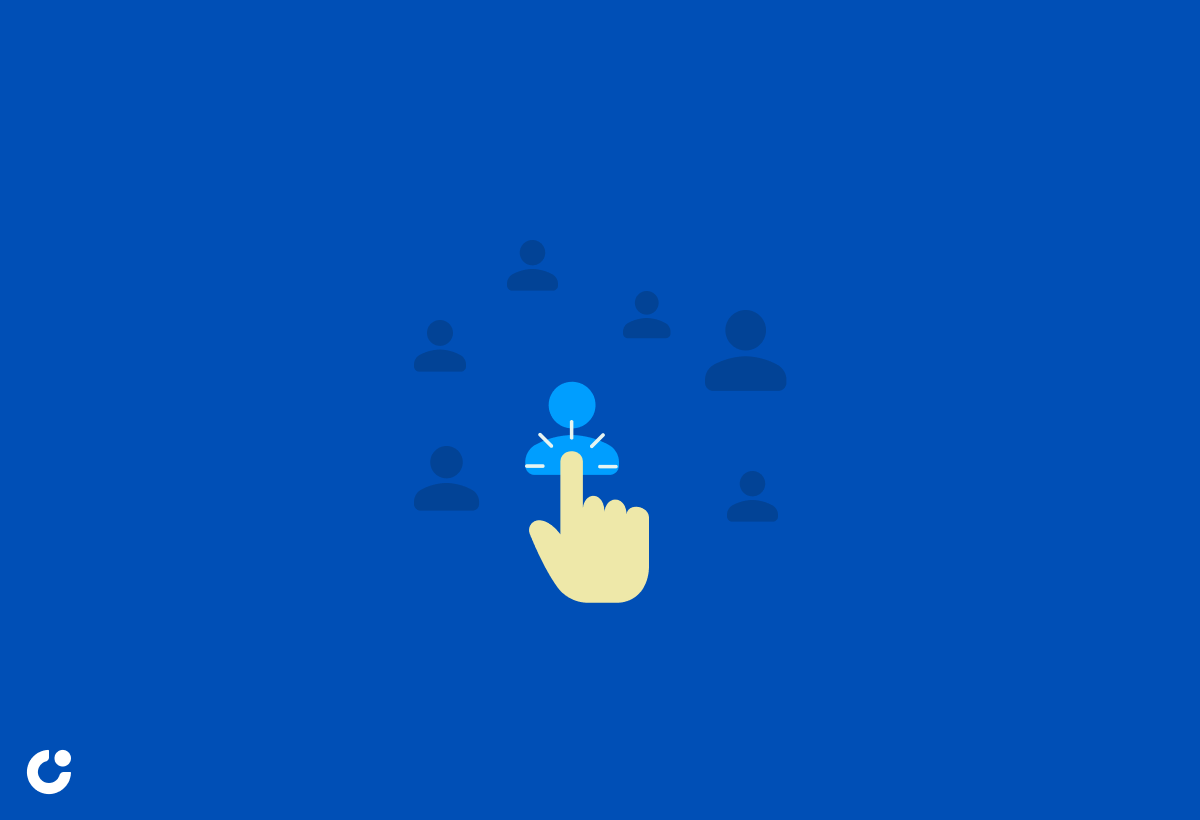
Engaging the right person in your sales emails means targeting decision-makers and tailoring your message to their needs and interests. To engage the appropriate individual, it is essential to ensure that the email is sent to the correct recipient, the sender is adequately identified, and the message is tailored to the recipient.
By conducting thorough research on your prospects and personalizing your email content, you can create a connection with the right decision-makers and increase the likelihood of a positive response. This targeted approach not only improves the effectiveness of your sales emails but also helps build trust and credibility with your prospects, ultimately leading to more successful sales efforts.
Enhancing Sales Email Templates with A/B Testing

A/B testing allows businesses to experiment with different subject lines and calls to action to find the most effective approach for their sales emails. By comparing the performance of two versions of an email, you can gain valuable insights into what works best for your audience and optimize your email templates accordingly.
Next, we’ll discuss how A/B testing can be used to improve your sales email templates and overall email marketing efforts.
Experimenting with Different Subject Lines

Testing various subject lines can help you identify which ones generate the highest open rates and engagement. A/B testing can be employed to test various subject lines by sending the same email to segments of your list and comparing the open rate of each group. By analyzing the results, you can determine which subject lines resonate with your audience and optimize your sales emails accordingly.
Tools like Mailshake, Constant Contact, and SalesBlink can help you with A/B testing subject lines for your sales emails. By continually experimenting with different subject lines and monitoring the results, you can refine your approach and ultimately, improve the overall effectiveness of your sales emails.
Refining Calls to Action
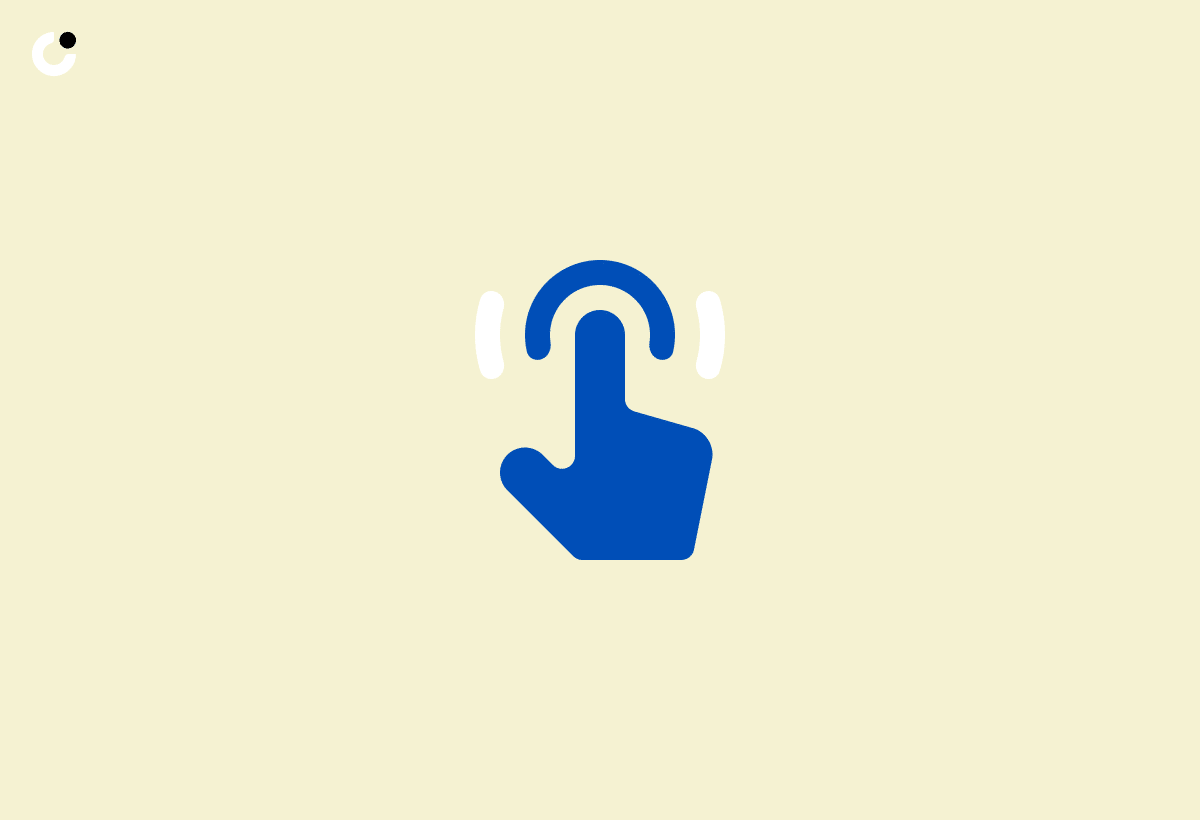
Refining calls to action through experimentation can lead to higher click-through and conversion rates. A/B testing can be employed to optimize calls to action in sales emails by:
- Generating two versions of the email with distinct calls to action
- Sending them to a portion of the audience
- Analyzing the outcomes of the test to determine which call to action is more efficient in driving conversions and engagement.
By experimenting with different calls to action and analyzing the results, you can optimize your sales emails to encourage recipients to take the desired action. This data-driven approach enables you to continually refine your messaging and ultimately, achieve better results in your sales efforts.
Integrating Sales Emails Into the Overall Sales Process

Integrating sales emails into the overall sales process involves aligning email communication with business goals and leveraging various tools for efficiency.
Next, we’ll discuss how to align your sales email efforts with your business goals and use different tools to streamline your sales email process for improved efficiency.
Aligning Email Communication with Business Goals
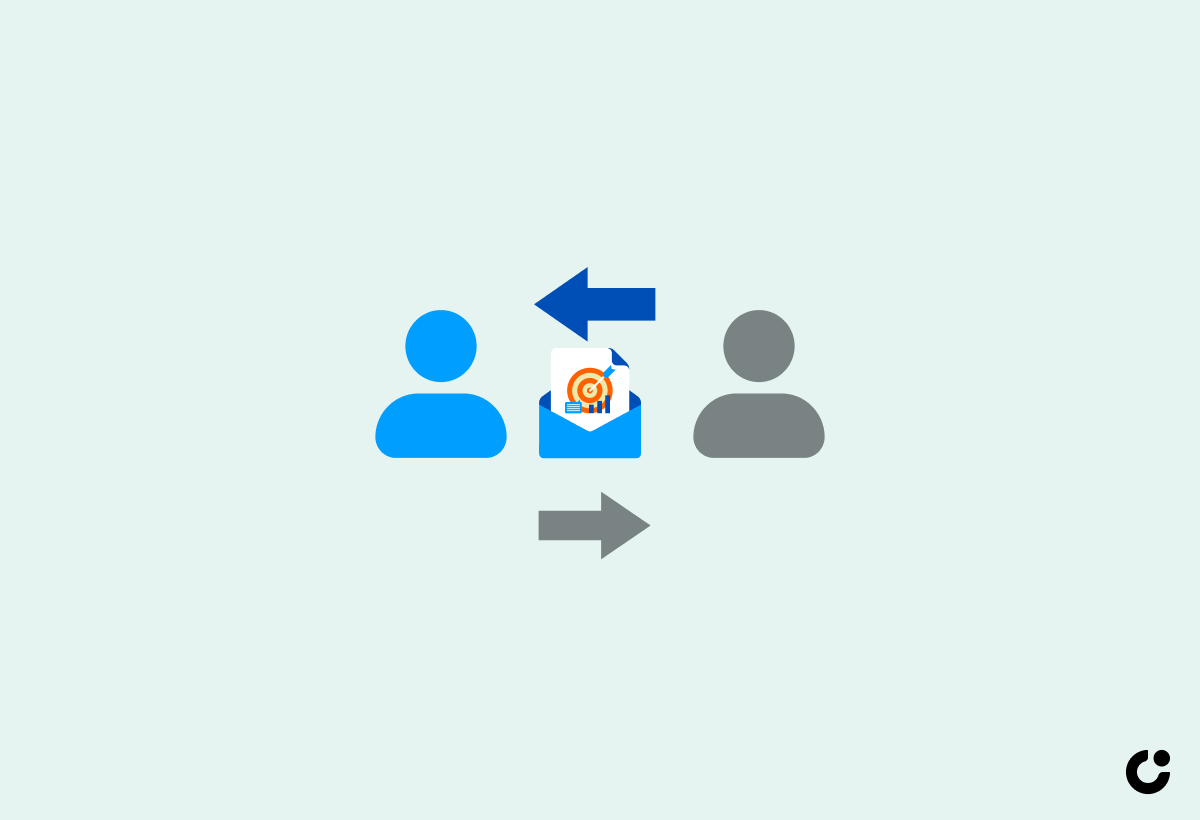
Aligning email communication with business goals ensures that sales emails contribute to the overall success of the company. This can be achieved by:
- Creating shared goals and strategies between the sales and marketing teams
- Continuously learning and adjusting strategies
- Ensuring communication is aligned
- Defining metrics and KPIs
By aligning your sales email efforts with your business objectives, you can ensure that your email campaigns are driving results and contributing to the overall success of your company.
Leveraging Various Tools for Efficiency
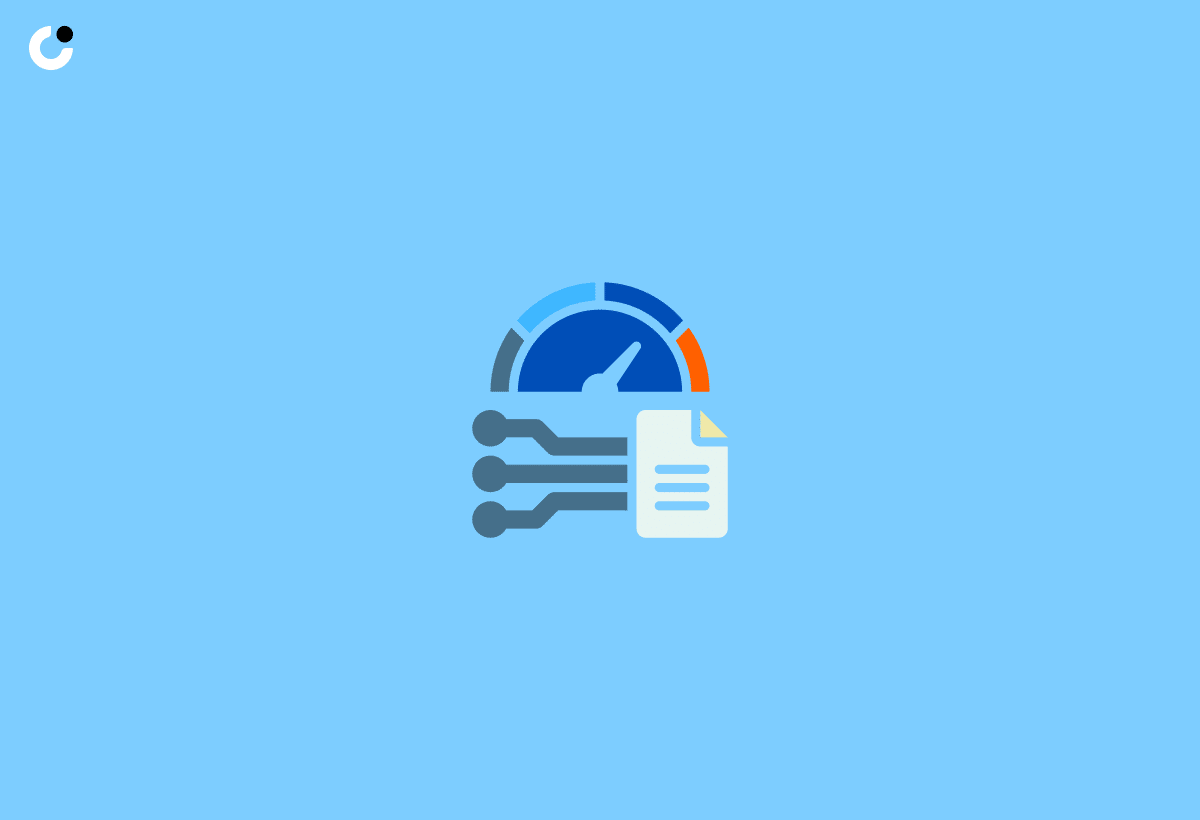
Leveraging various tools such as CRM systems and email automation can help streamline the sales email process and improve efficiency. Some highly effective CRM systems for managing sales emails include:
These systems allow you to automate mundane tasks, improve prospect visibility, leverage analytics and reporting tools, and integrate with other marketing channels.
Email automation tools can enhance the efficiency of the sales email process by enabling:
- Streamlined outreach
- Personalization and segmentation
- Lead nurturing
- Tracking and analytics
By leveraging these tools, you can optimize your sales email process, improve customer targeting, and augment overall sales performance.
Integration between CRM systems and email automation tools can further streamline your sales email efforts, allowing you to focus on building relationships and closing deals.
Real-world Examples of Successful Sales Emails
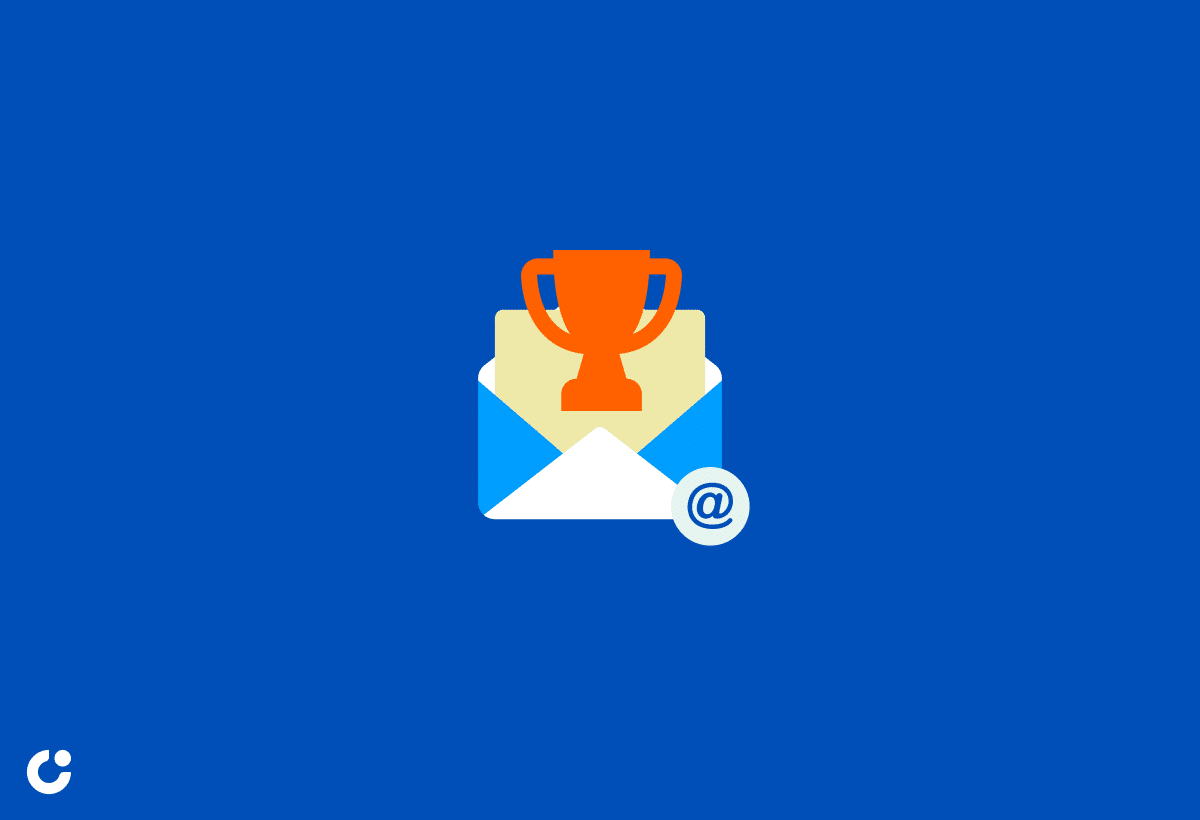
Real-world examples of successful sales emails provide valuable insights into the best practices and strategies used by sales professionals. By analyzing these examples, you can learn from the successes of others and apply those insights to your own sales email campaigns.
Next, we’ll analyze some examples of successful sales emails and discuss the strategies employed by sales professionals.
Breaking Down Best Sales Email Practices

Analyzing successful sales email examples can help businesses identify effective techniques and apply them to their own sales emails. Some examples of successful sales email campaigns include:
- AutoTrader
- Netflix
- Wool and the Gang
- Function of Beauty
- Boxycharm
These campaigns employed strategies such as market segmentation, personalization, attractive subject lines, messaging focused on benefits, interactivity, automation, and exclusive discounts and offers.
By breaking down the best practices employed in these successful sales email campaigns, you can gain valuable insights into what works and what doesn’t. Applying these techniques to your own sales emails can help you optimize your campaigns, improve engagement, and ultimately, drive better results in your sales efforts.
Learning from Sales Pros
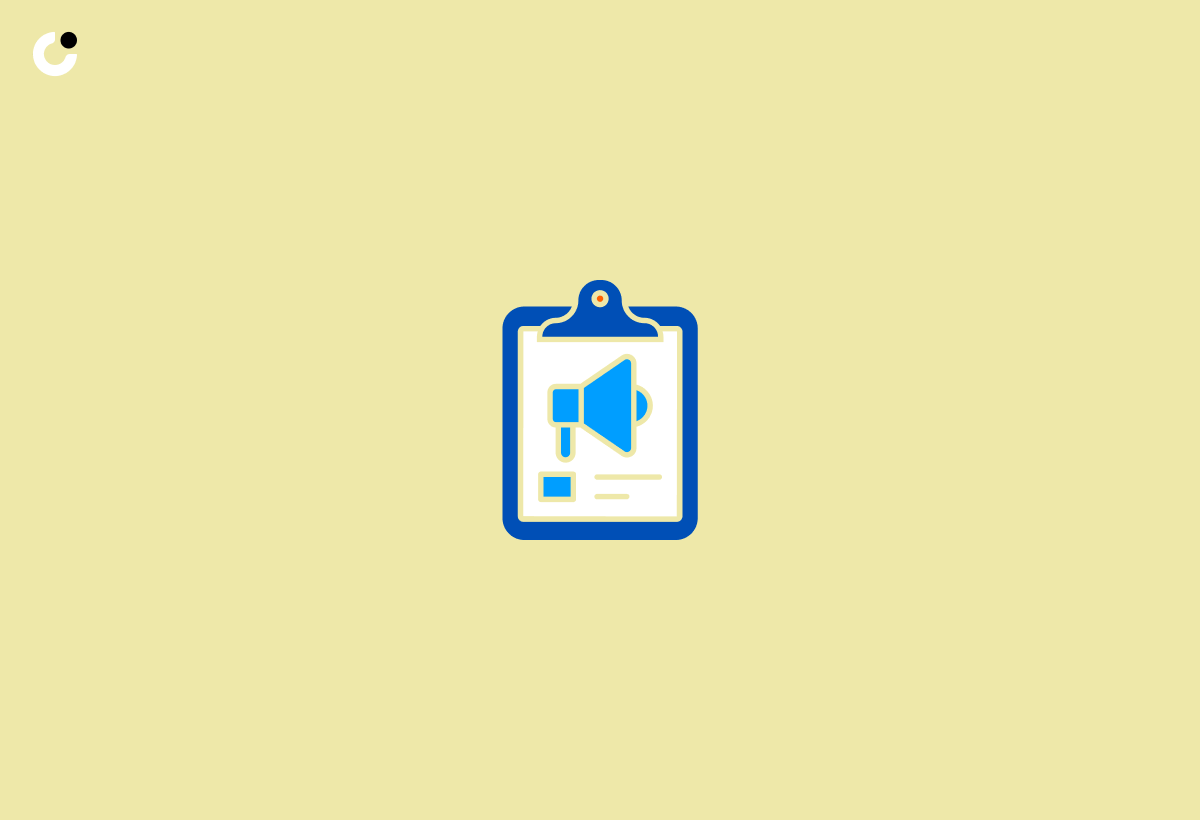
Learning from sales pros offers valuable insights into what works and what doesn’t in the world of sales emails. Some professionals renowned in the field of sales email marketing include:
- Spencer Kollas
- Skip Fidura
- Dave Sutton
- Nate Goodman
- Adrian M. White
- Chad S. White
- Ramit Sethi
- Noah Kagan
- AutoTrader
- Netflix
Sales teams, consisting of skilled sales reps, employ a range of techniques in their sales emails, such as recognizing the prospect’s pain points, constructing effective subject lines, keeping the email concise, personalizing the email, utilizing unusual and creative techniques, leveraging referrals, and researching and targeting ideal prospects.
By learning from the experiences and strategies of successful sales professionals, you can gain valuable insights into the best practices and approaches for your own sales emails. Applying these lessons to your own campaigns can help you optimize your sales email efforts and drive better results in your sales endeavors.
Summary
In conclusion, the success of sales emails hinges on a strategic approach that focuses on personalization, timing, and structure. By overcoming common obstacles, leveraging A/B testing, and learning from successful sales email examples, you can optimize your sales email campaigns and drive better results. Remember, the key to sales email success lies in understanding your audience, crafting compelling messages, and continually refining your approach based on data and insights.
Frequently Asked Questions
What are some best practices for crafting a sales email that converts?
Craft a sales email that converts by writing a strong subject line, personalizing the content to your reader, and creating a clear structure. Use a professional tone to ensure your message resonates with your audience.
How can I find the ideal time to send sales emails?
To find the ideal time to send sales emails, take into consideration factors like industry, target audience, and time zone. This will help you reach prospects more effectively.
How can I improve the open and click-through rates of my sales emails?
Experiment with different subject lines, personalize your content, and ensure your emails are concise and engaging to improve your open and click-through rates.
What tools can I use to measure the success of my sales emails?
Track key metrics such as open and click-through rates, reply and conversion rates using email tracking solutions like Instantly.ai, Hubspot, MailTrack.ai and Streak to measure the success of your sales emails.
How can I learn from successful sales email examples?
Study successful sales email examples to understand the strategies and techniques that experienced professionals use. Compare approaches to find out what works best for your context and focus on creating an effective message that engages your reader.

